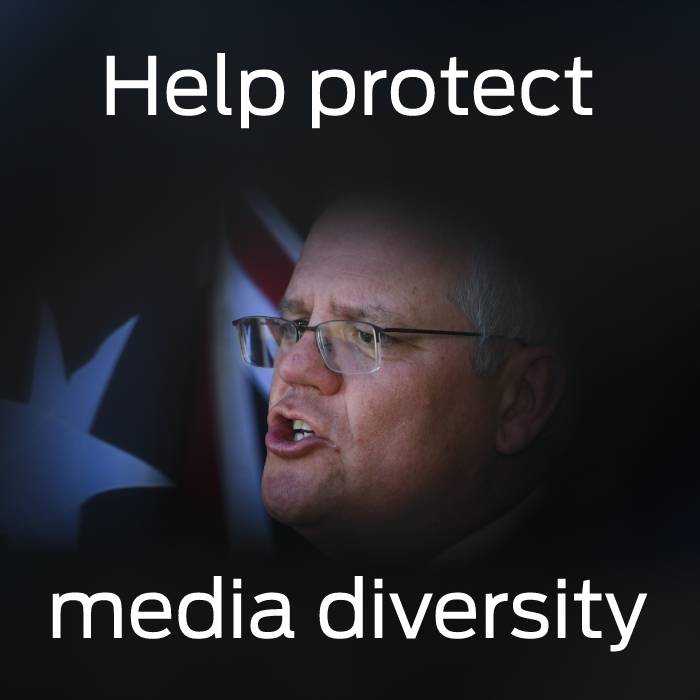National drinking water guidelines for potential cancer-causing chemicals are set to be tightened but some communities and experts want them to go further.
Draft benchmarks based on emerging science on the health risks of PFAS were released on Monday after increasing discoveries of the long-life chemicals in water sources.
But the National Health and Medical Research Council was forced immediately to defend its “very conservative” proposed guidelines that are, for one group of PFAS, 50 times the amount of new US limits.
While not as strong as the US restrictions, which begin in 2029, the “pretty sensible” Australian proposal was within the ranges suggested by other regulatory agencies, RMIT University chemistry professor Oliver Jones said.
“I am sure some will assume the guidelines have been influenced by ‘big chemical’,” he said.
“But remember the people who set the guidelines also have to drink the water, as do their families.”
The bolstered guidelines are based on lifetime risk, acting as a trigger for further investigation.
But they were criticised for not covering a broader range of PFAS chemicals.
More than 15,000 PFAS chemicals have been created, with use ranging widely from firefighting foam to non-stick pots and pans.
Australia’s proposal was “much less stringent” than that put forward by Europe, the US and Canada, UNSW Water Research Laboratory managing director Denis O’Carroll said.
“Much more work is required to map out PFAS contamination in Australian source waters and the government urgently needs to take a range of action,” Professor O’Carroll said.

Water quality expert Stuart Khan warned upgrades to treatment plants to meet the new standards would come at a cost to consumers.
“Drinking water cost increases will hit smaller regional communities hardest,” the head of the University of Sydney School of Civil Engineering said.
The first upgrade could come for 80,000 people living in the pristine world-heritage-listed Blue Mountains region, where some dams were shut off in August to contain newly discovered PFAS contamination.
While inside current guidelines, the level of a subgroup of PFOS chemicals in drinking water pumped to thousands of homes is up to three times the new limit.
Sydney Water on Monday conceded its Cascade filtration plant needed to be upgraded to meet the new standards, as part of a wider $60 million to $100 million project.
That project could take two to three years.
Officials emphasised the water remained safe to drink.

But the case emphasised the need for regular testing of all Australian drinking water sources, Stop PFAS founder Jon Dee said.
“How many other communities will face the same problem as the Blue Mountains once other water companies start testing their drinking water for PFAS?” he said.
All other Sydney Water supplies are under the new limits and the NSW government hopes testing in all regional water sites will be publicised by the end of 2024.
TasWater on Monday said almost 2000 recent tests of every raw water catchment it uses had not detected PFAS.
The guidelines, if adopted, would reduce the benchmark for the PFOA group of chemicals from 560 to 200 nanograms per litre based on cancer-causing effects.
One nanogram is about one drop in 20 Olympic-sized swimming pools.
PFOS guidelines fell sharply to four nanograms per litre while new guidelines were set for the PFHxS and PFBS groups.
Each level is based on lifetime exposure risks of drinking two litres a day, the National Health and Medical Research Council said.
Advisory committee member David Cunliffe said the guidelines were “very conservative”.




















